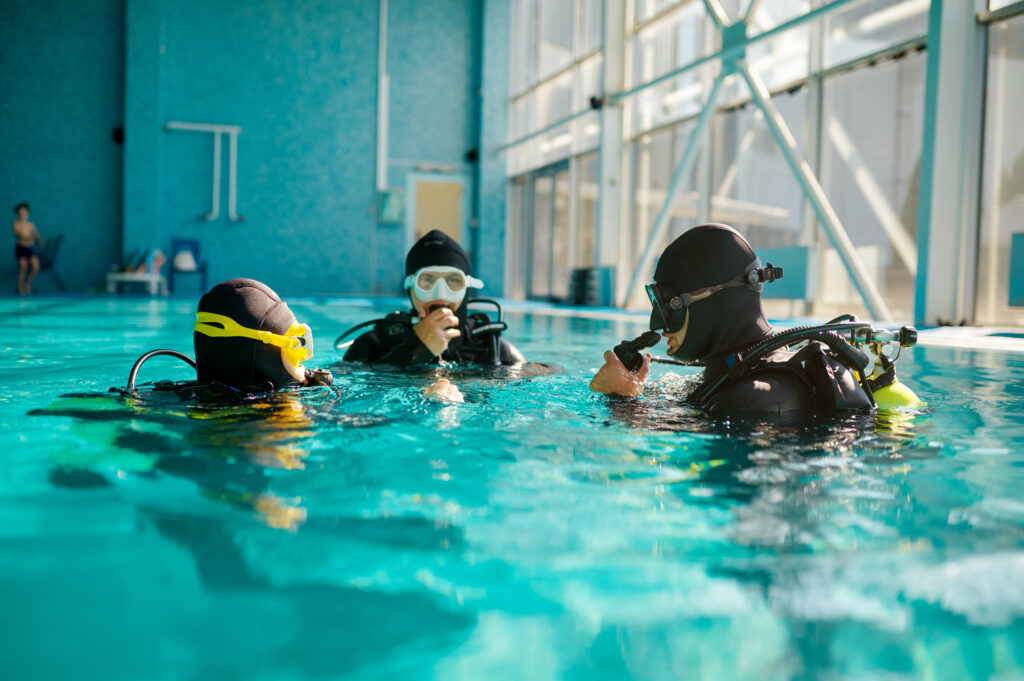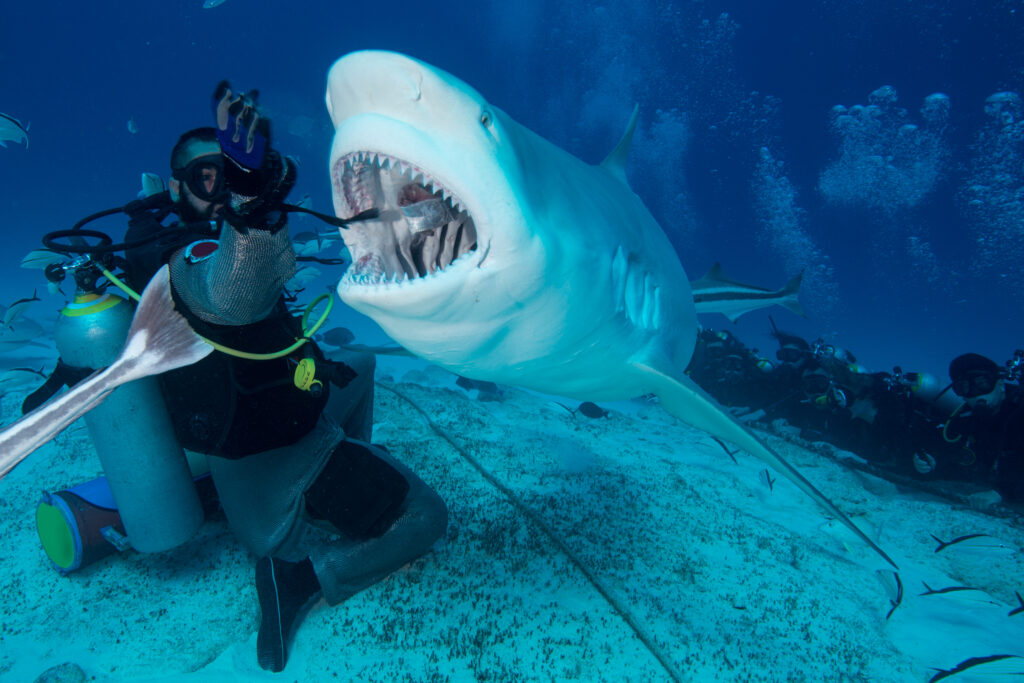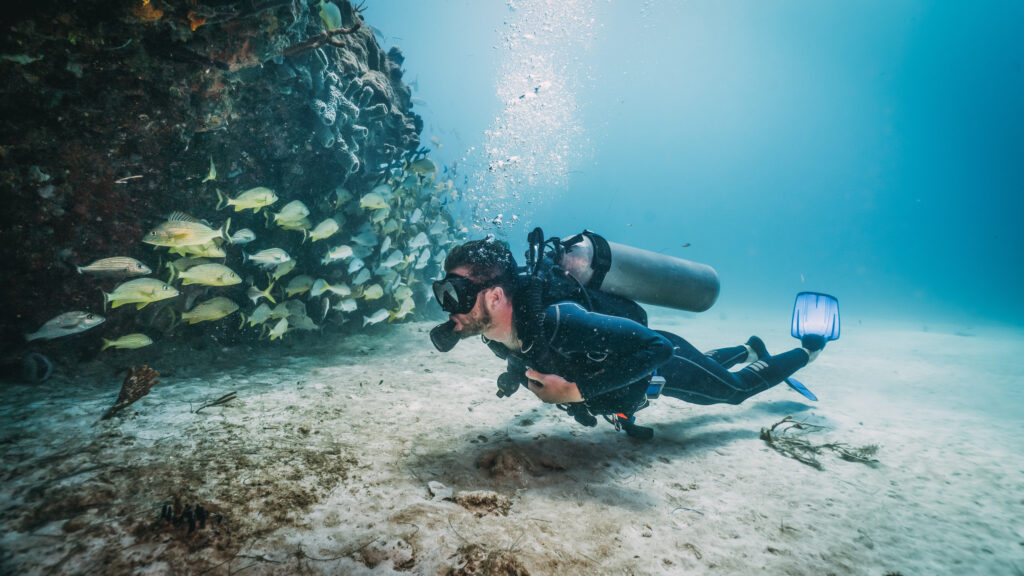What is Narcosis?

Narcosis, often referred to as “the rapture of the deep,” is a condition that affects scuba divers when they descend to certain depths underwater. It is a state of altered consciousness caused by the pressure of breathing gases at depth. Understanding narcosis is crucial for divers to ensure their safety and well-being while underwater. This condition can impact a diver’s mental and physical capabilities, leading to potentially dangerous situations if not recognized and managed properly. As such, it is a topic of significant importance in the field of scuba diving, both for recreational and professional divers.
What is a Dive Table?

A dive table is a crucial tool in the practice of scuba diving, used to ensure divers can ascend safely without suffering from decompression sickness. These tables provide guidelines for how long a diver can stay underwater at various depths and the necessary surface intervals to avoid decompression sickness, also known as “the bends.” Dive tables are essential for maintaining diver safety, as they help manage the body’s intake and release of inert gases, such as nitrogen, which dissolve into the body tissues under pressure. By following dive table guidelines, divers can plan their dives to stay within safe limits, reducing the risk of injury from decompression.
What is Open Circuit Scuba?

Open circuit scuba diving is a method of underwater diving in which the diver breathes from a tank of compressed gas and exhales directly into the water. This system is contrasted with closed-circuit systems, where exhaled gas is recycled and re-breathed. Open circuit scuba is the most common and widely used system in both recreational and professional diving. It is valued for its simplicity, reliability, and the extensive training programs available to certify divers. The ease of use and availability of open circuit scuba equipment have made it a cornerstone of underwater exploration.
What is Fogging?

Fogging refers to the condensation of moisture on the interior surface of a scuba diving mask, which can obscure vision and hinder underwater experiences. This phenomenon occurs when there is a significant temperature difference between the warm air inside the mask and the cooler water outside. As the diver exhales, moisture-laden air comes into contact with the cooler mask lens, resulting in condensation or fogging. Understanding the mechanisms behind fogging and how to prevent it is essential for ensuring a safe and enjoyable diving experience.
What is Nitrogen Narcosis?

Nitrogen narcosis, often referred to as “raptures of the deep,” is a condition that affects scuba divers at significant depths. This phenomenon is induced by the increased partial pressure of nitrogen in the body as divers descend, leading to a narcotic effect on the central nervous system. Recognized by divers and scientists alike, nitrogen narcosis can impair judgment, motor coordination, and overall cognitive function, making it a critical issue in deep-sea diving.
What is a Dive Operator?

A dive operator is a professional entity responsible for organizing and facilitating scuba diving activities for individuals and groups. Dive operators play a crucial role in ensuring safe, enjoyable, and educational experiences for both novice and experienced divers. They provide a wide range of services, including equipment rental, guided dives, training courses, and logistical support for dive trips. As central figures in the scuba diving industry, dive operators are essential for maintaining high standards of safety and environmental stewardship. Their expertise and resources enable divers to access and enjoy underwater environments that might otherwise be difficult to reach or navigate.
What is Free Air?

Free air refers to air at atmospheric pressure, which is the pressure exerted by the weight of air in the Earth’s atmosphere. In the context of scuba diving, understanding the concept of free air is crucial for managing various aspects of dive planning and safety, including buoyancy, gas consumption, and decompression sickness. This entry will delve into the relationship between free air and compressed air, and how this understanding impacts diving practices.
What is Multilevel Diving?

Multilevel diving is a technique in scuba diving that involves changing depths multiple times throughout a single dive. Unlike traditional dives, where a diver descends to a certain depth and remains there until starting their ascent, multilevel diving takes advantage of varying depths to maximize bottom time and minimize the risk of decompression sickness (DCS). This method is particularly beneficial for exploring underwater environments with significant depth variations, such as coral reefs, wrecks, and underwater walls.
What is a Low Volume Mask?

A low volume mask is a specific type of diving mask designed to minimize the internal air space between the diver’s face and the lens. This reduced volume makes it easier to equalize pressure and clear the mask of water, enhancing comfort and efficiency, especially in activities such as freediving and spearfishing. Low volume masks are distinguished by their close-fitting design and the ability to improve a diver’s overall underwater experience by offering a broader field of vision and less buoyancy.
What is the Professional Association of Diving Instructors (PADI)?

The Professional Association of Diving Instructors (PADI) is the world’s largest diving training organization, renowned for its comprehensive education system and certification programs. Founded in 1966, PADI has played a pivotal role in standardizing and enhancing diving training globally. With a mission to explore the underwater world safely and responsibly, PADI offers a wide range of courses that cater to beginners and experienced divers alike. Its extensive network of dive centers and professionals has made it a cornerstone of the diving industry, contributing significantly to the sport’s popularity and accessibility.
